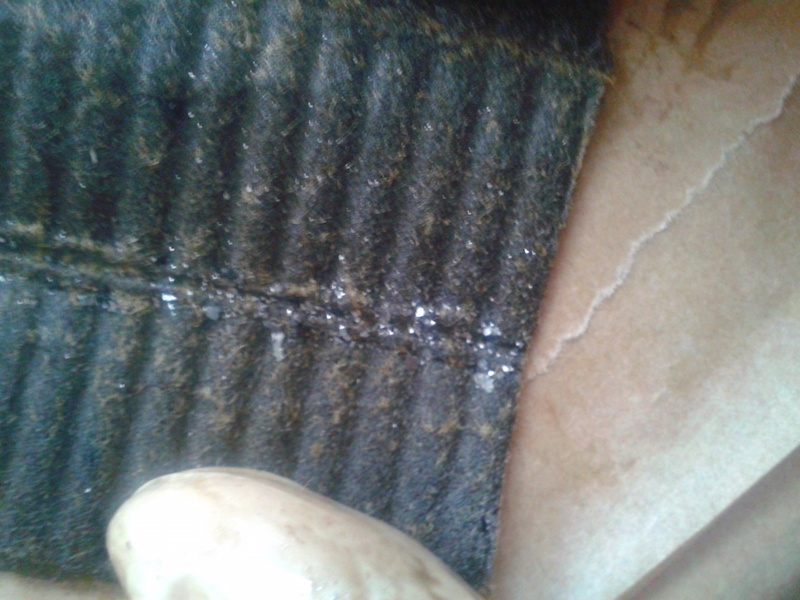Q: Last year our club bought a PA-25 tow plane. It has a Lycoming O-540 G1A5 260-hp engine. We bought it with 100 hours after overhaul and flew it 95 hours, so total 195 hours after overhaul. Now the annual inspection revealed a massive contamination of the oil filter with shiny non-magnetic particles. Also some soft sealant
particles (rubber or silicone) are present (See photo below).
The last oil change was OK. The material analysis is not done yet, but for sure the particles are not chrome (tested by hydrochloric acid).
 According to SI 1492, our maintenance shop wants to replace the oil and filter and ground run the engine for 30 minutes and then eventually fly it for two hours. We are afraid that the ground run can cause further damage to the bearings.
According to SI 1492, our maintenance shop wants to replace the oil and filter and ground run the engine for 30 minutes and then eventually fly it for two hours. We are afraid that the ground run can cause further damage to the bearings.
A complete disassembly of the engine would have a critical impact on the club’s budget.
Furthermore, following the SI 1492 will result in inspection after 10 hours, which may give us an inoperative tow plane in the main gliding season.
Is there any gentle way to determine the condition of the engine, except complete disassembly?
Is it possible to somehow to flush the contamination out of the engine?
Paul Schor, Czech Republic
A: With regard to your question concerning the shiny non-magnetic particles discovered in the oil filter of the O-540-G1A5, 260-hp in your Piper PA-25, here are my thoughts.
When I looked closely at the photo of the oil filter element and the small particles of contamination observed there, quite honestly, I had very little concern.
I’m certain the sealant particles were the result of excess application of the material at the time of reassembly during the overhaul process. I would expect to see diminished quantities of this in future oil filter and oil screen inspections.
Flushing the engine at this time would serve no useful purpose and could possibly cause more issues.
Please don’t misunderstand what I’m saying here because what I viewed certainly does call for further investigation. That being said, I agree with the approach of your maintenance facility by following the recommendations of Lycoming Service Instruction 1492D or its latest revision.
This particular publication is very clear as to what steps must be taken should contamination be discovered in the oil filter, including the use of spectrographic oil analysis.
Following the instructions set forth in this Service Instruction, being certain to read and digest the entire publication, will allow you to assess the condition of your engine and point the way to any corrective action that may be required.
It is very important to read and understand the entire publication and not to take anything out of context in order to arrive at the easy way out.
Safety is our number one goal and must be placed above all else, so complying with the manufacturers recommendations allows all of us to work in a positive way towards that goal.
Remember, the manufacturers publications are written to address problems or situations that the factory has been made aware of from people like yourselves in the field. Once the factory collects as much information as possible on the reported issue, they thoroughly investigate the best approach to writing a detailed publication in which the situation may be investigated, confirmed and what corrective action is required to resolve the problem. This is why it is so important for detailed reports be forwarded to the factory with very detailed information.
Hopefully, your investigation follow-up inspections of your engine have found the engine safe for continued service, but if not, you’ve done the right thing and taken the proper corrective action.
Source: http://generalaviationnews.comIs there a gentle way to determine the condition of this engine?
